Find Your Perfect Wood Product
If you find a product you like, reach out to us for more details and assistance.
Peruvian Walnut
You’ll like tropical walnut for its remarkably gorgeous, bold cocoa color. Yes, it is related to American black walnut, but it’s slightly softer, more straight grained, and darker. Plus you get a satisfying woodworking experience from how eaasily it sands, shapes, cuts with little trouble.
Length: 6′-11′
Thickness: 4/4 $12/Bd ft
- Common Name(s): Peruvian Walnut, Tropical Walnut, Nogal
- Scientific Name: Juglans spp. (Juglans australis, J. neotropica, J. olanchana, etc.)
- Distribution: Southern Mexico, Central and South America
- Tree Size: 30-60 ft (9-18 m) tall, 2-3 ft (.6-1.0 m) trunk diameter
- Average Dried Weight: 37 lbs/ft3 (600 kg/m3)
- Janka Hardness: 960 lbf (4,250 N)
- Crushing Strength: 6,550 lbf/in2 (45.2 MPa)
Heartwood: Heartwood tends to be darker than temperate walnut species, with a deep chocolate brown color, sometimes with a purplish hue. May also contain streaks of lighter-colored wood mixed throughout the heartwood, which can sometimes be extensive and result in a high degree of waste. Grain figuring such as curl seems to be much less common than other walnut species.
Sapwood: Peruvian Walnut is known for its minimal or lack of any sapwood
Grain: Peruvian Walnut grain is usually straight, but can be irregular. Has a medium to coarse texture and good natural luster.
Peruvian Walnut is rated as moderately durable in terms of decay resistance, though it is susceptible to insect attack.
Peruvian walnut is typically easy to work provided the grain is straight and regular. Planer tearout can sometimes be a problem when surfacing pieces with irregular or figured grain. Glues, stains, and finishes well.
- Fine furniture
- Musical instruments
- Decorative pieces
- Specialty wood items
- Turned objects

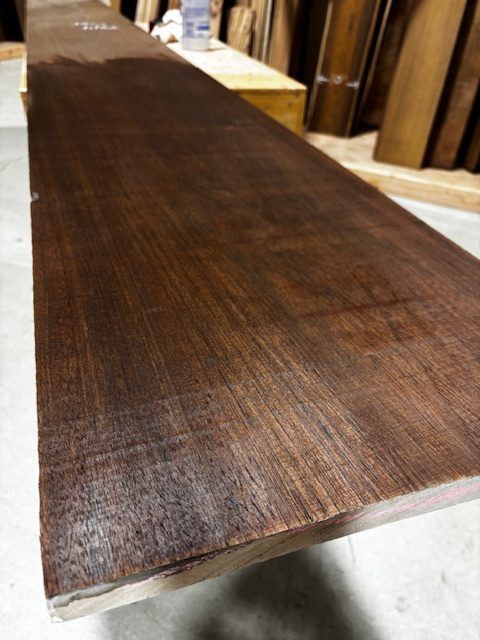
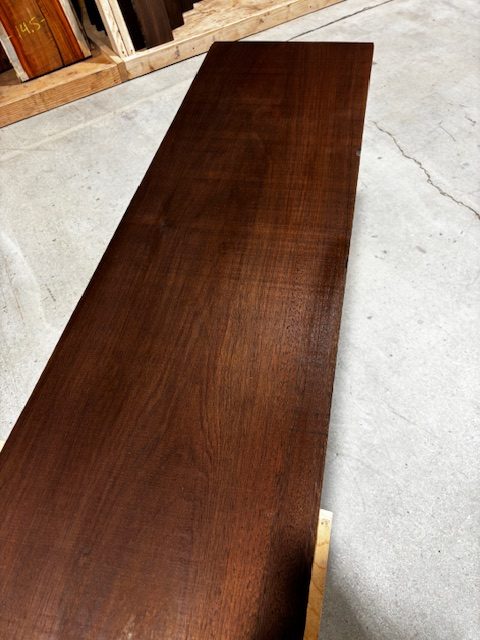
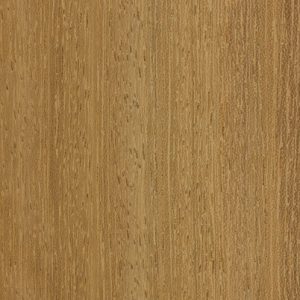
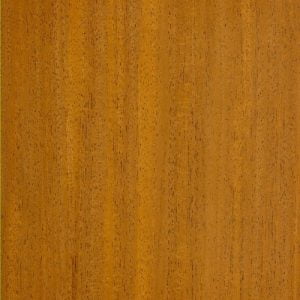
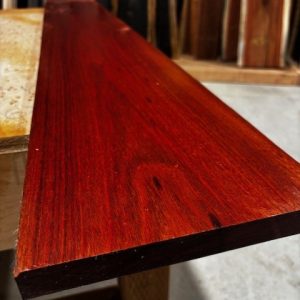

Perhaps the most fitting name would be Tropical Walnut, yet the term Peruvian Walnut is commonly used among hardwood dealers, even though the Walnut may not always technically come from Peru. The name Nogal is also used on occasion, and is the Spanish word for Walnut.